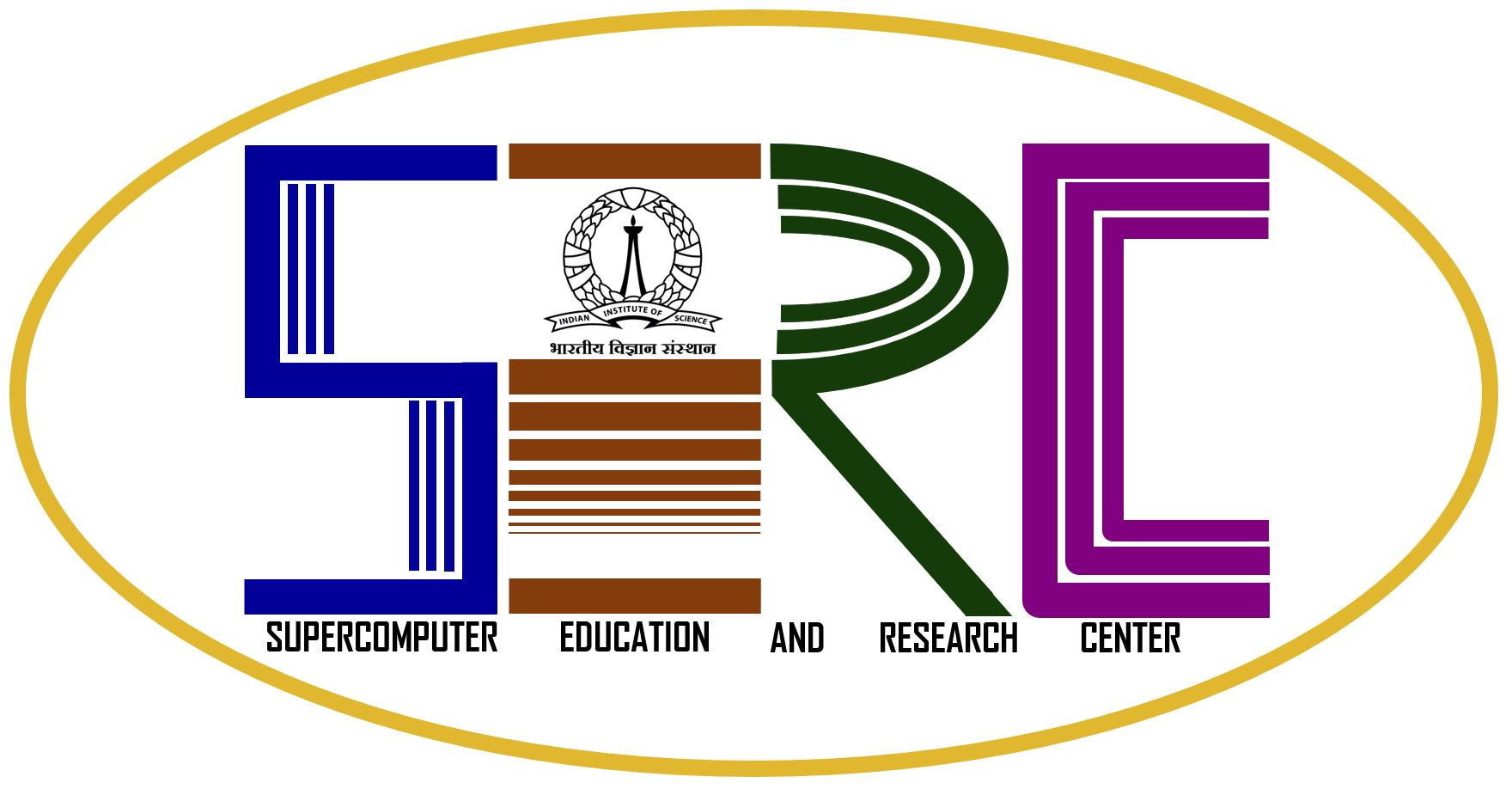|
Figure 1 (a) Passive scalar contour at value of 0.01 of a turbulent jet at Reynolds number 3200, with a sub-image of plume of Lockheed rocket test fired in Los Angeles hills (Re≈108), indicating similarity of form. |
 |
 |
 |
Figure 1 (b) Radial profiles of the second-order turbulent statistics of a jet. (c) Iso-surface of the Q-criterion for plume representing hair-pin structure in outer region.
In 2019, the Transition and Turbulence Research Group led by Prof. Sourabh Suhas Diwan at Department of Aerospace Engineering used Cray SahasraT for a study seeking entrainment behavior of free shear flows such as a jet or plume and the effect of heat addition (figure 1a). They consumed about 13.835 million hours of SahasraT for this and other research. Jet and plume flows have been established in lab with validation of their first and second order statistics (figure 1b). Similarity in vorticity fluxes of different free shear flows (jet & plume) has been found and this was reported at the Asian Congress of Fluid Mechanics in December 2019 in Bangalore. Attempts are being made to understand the behavior of vorticity fluxes in relation to the coherent structures in the flow (figure 1c).
Publications
Rohit Singhal, S. Ravichandran, Sourabh S. Diwan and Garry L. Brown, Reynolds stress gradient and vorticity fluxes in axisymmetric turbulent jet and plume, The 16th Asian Congress of Fluid Mechanics, 13-17 December 2019, JNCASR Jakkur Bengaluru, India.
